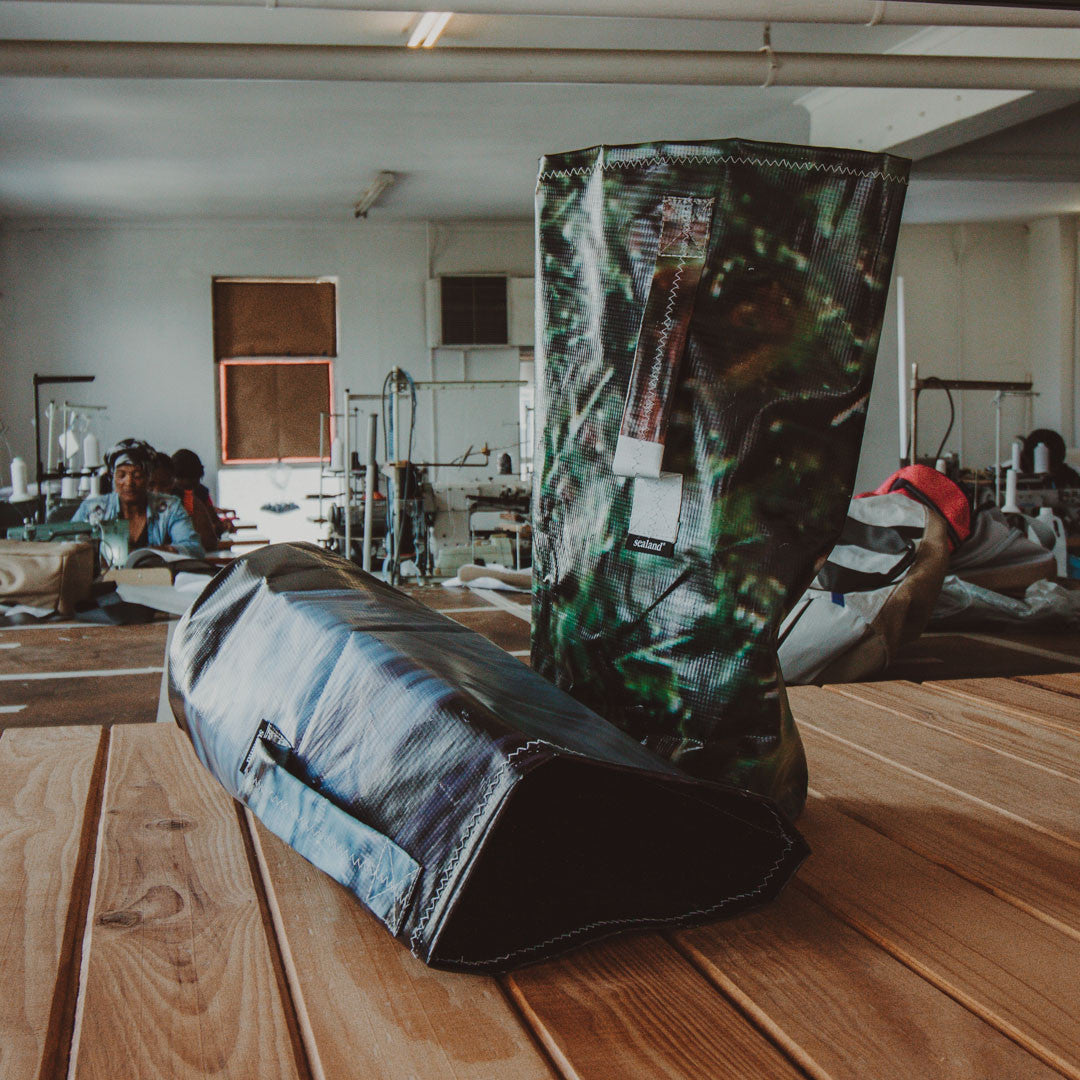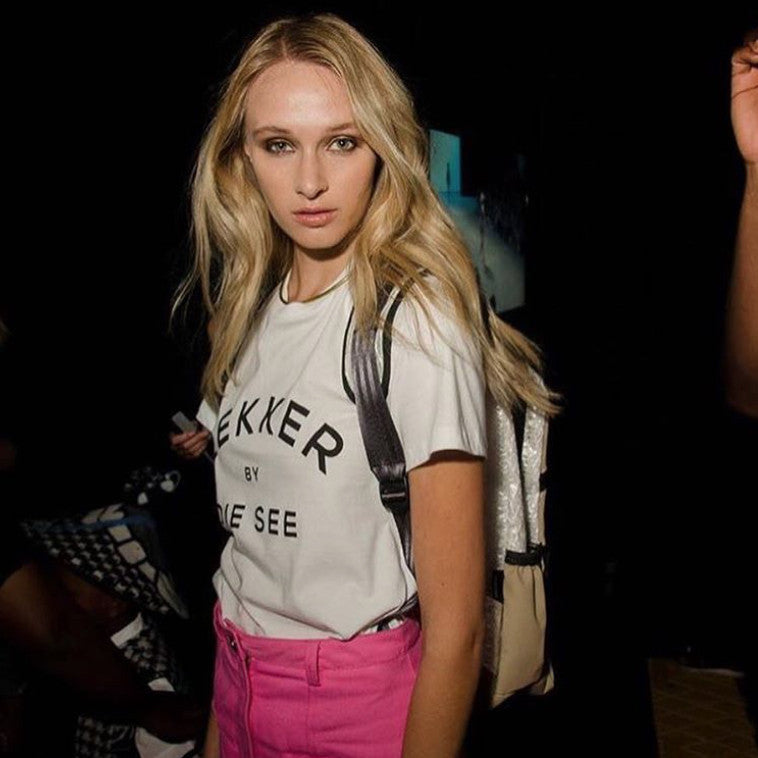The invention of plastics has been one of the most wonderful and terrible things to happen to this planet. Currently, plastic pollution in the ocean is an enormous, increasing problem that we don’t really know how to fix. It is more than turtles confusing plastic bags for jellyfish, more than seabirds with six-pack rings around their necks and whales caught in lost fishing nets. Yes, litter is unsightly, but most people do not realise that the most dangerous plastic is that which we can hardly see.
When large pieces of plastic enter the ocean, via illegal dumping, accidental spills or swept off the land by wind and floods, it may take years and years to degrade. Some types of plastic wear down into small pieces when exposed to the sun’s UV rays and ground against other plastic. In this degradation process, they may release toxic chemicals into the ocean. For example, a common building block of plastics is BPA, which interferes with the functioning of animal hormones and has the potential to cause knock-on on effects within a species and into an entire ecosystem.

Nurdles are shipped around the globe to be used in plastic manufacturing and make up a large component of oceanic waste. Photo: Lily Bovim
Buoyant plastic provides an ideal, well-lit surface on which algae can grow, and scientists have only just figured out that this is an issue. For years we have been finding dead pelagic seabirds filled with rubbish – as if they had chosen to eat it! The reason is horrifically simple: this type of seabird relies on scent to forage, and algae produce a fishy smelling compound that attracts and confuses these wide-ranging birds into consuming plastic, leading them to die.
Microscopic pieces of plastic pose a more complicated threat. Microbeads from personal hygiene and cleaning products and plastic microfibers from some synthetic fabrics are too small to be filtered out of urban and industrial wastewater and end up in the sea. Recent studies have found that many filter- feeding species and life forms, such as zooplankton and fish larvae, cannot discern between their natural food and microplastic. Ingesting microplastic negatively affects their development and may lead to smaller population numbers of species with planktonic life forms. As plankton form the base of the oceanic food web, this means that most species that rely on the sea (including us) may end up eating plastic-filled animals or experience a dwindling food source.

Larval fish with a gut full of plastic. Photo: Oona Lönnstedt
As you may be realising, we are only just waking up to the extent to which plastic pollution is a problem. Hopefully, you now understand a bit more and will be more aware of every piece of unnecessary plastic that you come into contact with. Look for Polyethylene (PE), Polyethylene Terephthalate (PET), Polypropylene (PP), Polymethylmethacrylate (PMMA) and Nylon in face and body washes and avoid them!
Check out this site to learn how to remove microplastic from your life (they even have an awesome app!)
Read more:
https://www.sciencedaily.com/releases/2016/06/160602151735.htm https://www.beatthemicrobead.org/en/science http://www.popsci.com/sea-plastic
Author: Lily Bovim has a BSc in Marine Biology and Oceanography and an Honours degree in Biology, both from UCT. She is excited by many scientific topics and is happiest when peering into tidal pools or reading fiction.





